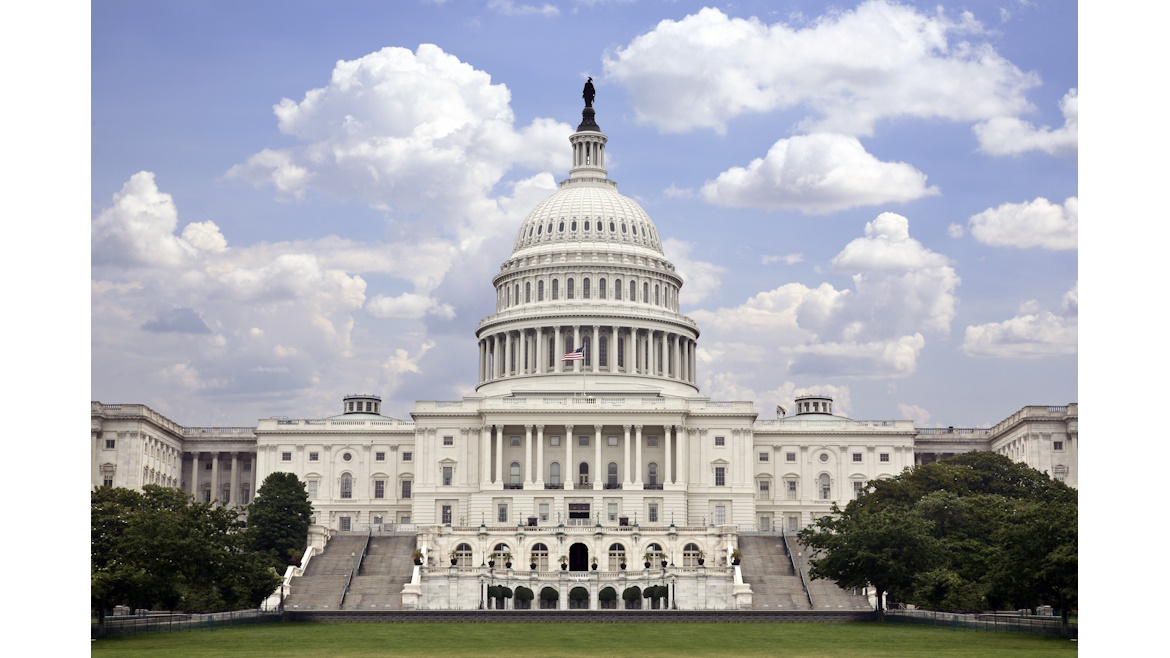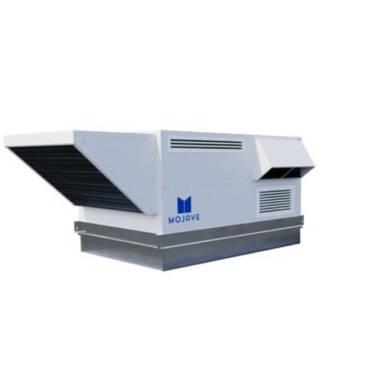The federal Inflation Reduction Act (IRA), which earmarked $369 billion for energy security and combating climate change — including by incentivizing efficiency, electrification, and renewable sources of electricity — saw its second anniversary in August. Thousands of homeowners have taken advantage of its enhanced tax breaks for high-efficiency equipment, and direct-to-consumer rebates for qualified HVAC purchases have been rolled out in several states; most other states are preparing to offer rebates.
But with next month’s national election, which could change the balance of power in Washington, D.C., and a looming debate over extending tax cuts that expire at the end of 2025, the future of the sweeping law isn’t certain.
Political experts in the HVAC industry say some of the IRA’s efficiency incentives could be cut should Republicans control the federal government next year, or should Congress, regardless of the makeup of the House and Senate, decide to extend some of the tax cuts in the Tax Cuts and Jobs Act (TCJA), which was signed by then-President Donald Trump in late 2017. Some of the TCJA’s tax cuts expire at the end of 2025.
Last month, ACCA urged Congressional tax writers to keep both the TCJA’s tax relief for small businesses and the IRA’s HVAC efficiency incentives, such as the 25C (for homeowners) and 45L (for home builders) tax credits.
“It’s likely that hard choices will be necessary, however, and there’s popular philosophy on the Hill that targeted tax incentives should be sacrificed to preserve lower individual and corporate rates,” said Sean Robertson, ACCA’s vice president of membership, advocacy, and events.
ACCA is currently running a poll on its LinkedIn page, through Sunday, Oct. 10, “asking contractors which tax policies ACCA should prioritize when push comes to shove,” Robertson said. “We’d love more contractor input on that.”
During an ACCA town hall in 2023, Robertson said, contractors voted by a 3-to-1 margin in opposition to an IRA repeal. “We’ll see if that support holds up at the ACCA 2025 town hall,” he said.
Charles R. White, vice president of regulatory affairs at the Plumbing-Heating–Cooling Contractors–National Association (PHCC), said chances are high that incentives will be scaled back, or perhaps retooled to incentivize a balanced energy-source approach rather than emphasizing HVAC electrification. But White, and Mark Valentini, PHCC’s vice president of legislative affairs, don’t foresee incentives being scrapped altogether.
“It’s difficult to end a program of this scale once implementation is well underway,” Valentini said.
At Heating, Air-conditioning and Refrigeration Distributors International (HARDI), Alex Ayers, vice president of government affairs, said the expanded 25C credit is in the most danger, among the HVAC efficiency incentives, in the coming discussion over extending TCJA tax cuts.
“Republicans are going to be looking to pay for it, and anything connected to the IRA is a pay-for,” Ayers said.
“This is going to be a long, drawn-out debate through the year,” said Charlie McCrudden, director of government affairs at Daikin U.S. Corp.
No Republicans in either the House of Representatives or the Senate voted for the IRA, which was approved by narrow margins at a time when Democrats controlled both houses. But 18 Republican House members wrote to House Speaker Mike Johnson, R-Louisiana, in August, urging him to protect the IRA’s clean energy tax credits, some of which have benefitted Republican districts.
“The expressions of support this year may be different next year,” Ayers said.
The Energy Efficient Home Improvements Credit, as 25C is formally called, offers homeowners a write-off of up to $1,200 a year for qualified HVAC equipment and energy-saving home improvements, in addition to up to $2,000 for the installation of a heat pump, a heat-pump water heater, or a biomass stove. Taxpayers are eligible for a credit for every year in which qualified improvements are made.
Cutting 25C could mean returning it to its pre-IRA lifetime cap of $600.
“25C is much more robust,” under the IRA, said Daikin’s McCrudden. “I think we’ve seen an uptick in people taking advantage.”
ACCA opposed the IRA because of its overall cost — an estimated $800 billion over 10 years — and what Robertson said are its flaws and the burdens it puts on small businesses. But the enhanced 25C credits, Robertson said, made the program “a more valuable tool” for contractors to market efficient HVAC systems.
“Together with the 25D credit for solar and geothermal and the 45L credit for home builders, these residential tax incentives are expected to invest three times as much as the residential rebate programs,” he said. (At the same time, Robertson added that the prevailing wage requirements of the 45L program and the energy efficiency standards for 25C-eligible equipment “limited their applicability.”)
PHCC member contractors favor the tax relief provided by the TCJA, which enabled small business expansion and increased employment, White said. But the 25C credits, while good for consumers, require efficiency standards that have “created uncertainty and made equipment selection more difficult,” he added.
Experts mostly agree that the IRA’s consumer rebate programs, Home Electrification and Appliance Rebates (HEAR) for qualified high-efficiency equipment, and Home Efficiency Rebates (HER), for energy-saving home retrofits, are probably not in much danger.
The rebate programs, which are being run by individual states and territories, total about $8.8 billion, a little more than 2% of the IRA’s energy-related spending. Rebates are available in six states, funding applications have been approved in 14 other states, and most of the remaining states are in the process of applying, according to a September 30 update from the U.S. Department of Energy (DOE).
“Some of that money is already in the hands of states,” said Ayers. “It becomes very hard for a future appropriations bill to rescind that money.”
Whether you require installation, repair, or maintenance, our technicians will assist you with top-quality service at any time of the day or night. Take comfort in knowing your indoor air quality is the best it can be with MOE heating & cooling services Ontario's solution for heating, air conditioning, and ventilation that’s cooler than the rest.
Contact us to schedule a visit. Our qualified team of technicians, are always ready to help you and guide you for heating and cooling issues. Weather you want to replace an old furnace or install a brand new air conditioner, we are here to help you. Our main office is at Kitchener but we can service most of Ontario's cities
Source link


